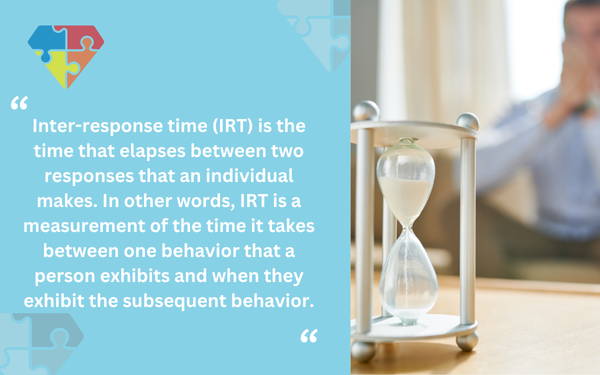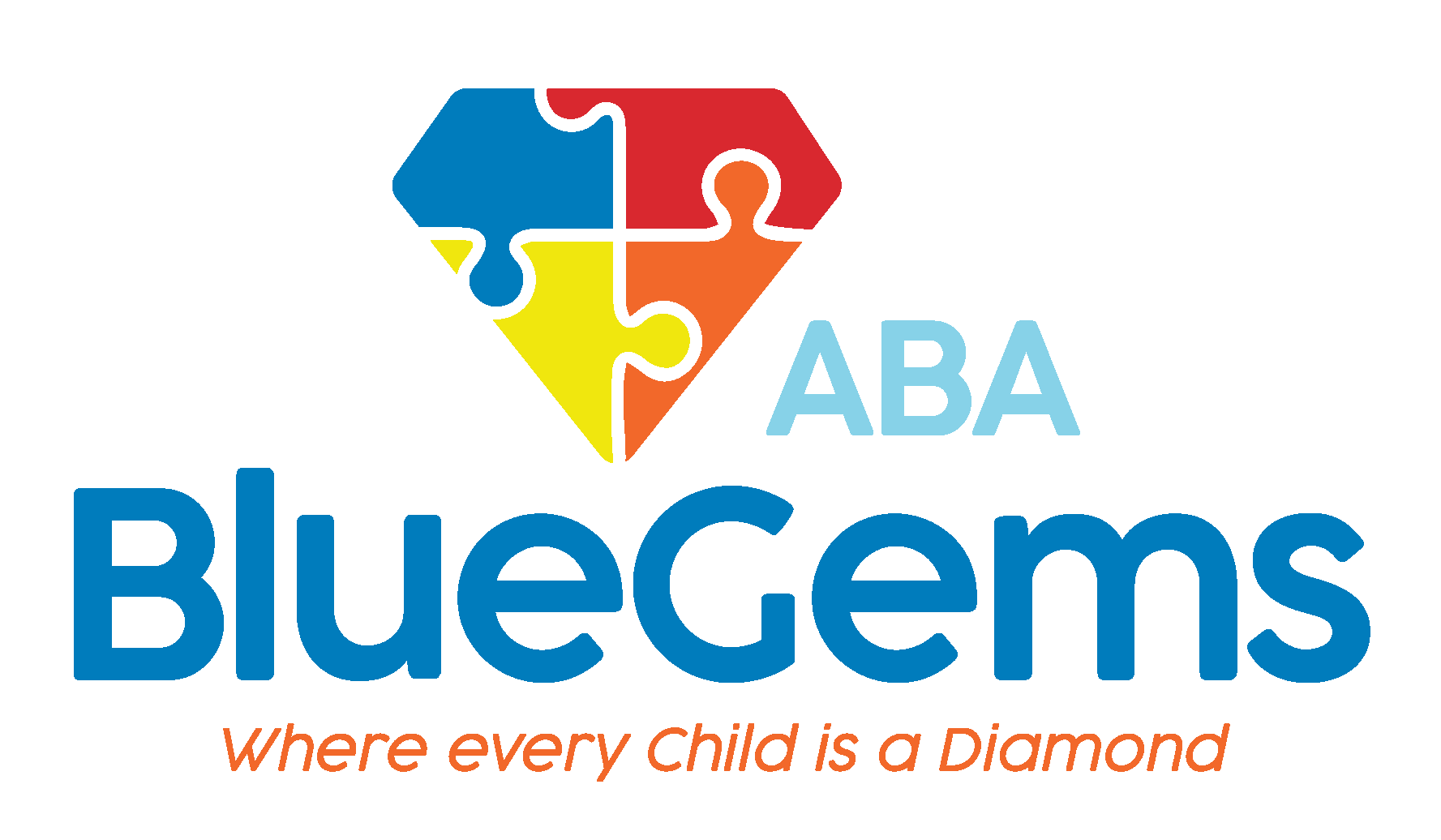Inter-Response Time (IRT) in ABA
Applied behavior analysis, or ABA therapy, is an evidence-based approach to learning and behavior. As it’s rooted in scientific principles, there is real-world data that shows how effective it can be at treating children with autism spectrum disorder (ASD).
ABA therapy is a targeted, personalized and structured approach to treatment. It involves collecting a lot of data, analyzing that data and using that information to tailor the treatment to each child’s unique strengths, challenges and preferences.
Many strategies are used to carry out this therapy, and Inter-Response Time (IRT) is just one of them.
Below, we’ll discuss what IRT is in more detail and the role that it plays in assessing patterns of behavior and designing interventions that are effective.
Key Takeaways
- Inter-Response Time (IRT) measures the time between behaviors and helps monitor learning progress.
- IRT is used to determine how fluent or consistent a behavior is becoming over time.
- Data collected from IRT informs how ABA therapists adjust or refine treatment plans.
- Factors such as reinforcement type and task complexity directly affect IRT.
- IRT provides an objective, evidence-based insight into a child’s learning patterns and behavior trends.
Table Of Contents
What is Inter-Response Time (IRT)?
Inter-response time (IRT) is the time that elapses between two responses that an individual makes. In other words, IRT is a measurement of the time it takes between one behavior that a person exhibits and when they exhibit the subsequent behavior.

The behaviors that can be measured can be simple or more complex. Regardless of the level of complexity or the specific behaviors, the IRT can be measured in the same way.
One example would be if someone is prompted to solve math problems. The time it takes them to complete every response correctly can be measured, with the time in between being the IRT.
What IRS measures, then, is how consistent and frequent certain behaviors are exhibited, with that information being useful to design specific strategies for managing behavior.
| Concept or Challenge | Explanation of IRT’s Role |
|---|---|
| What is Inter-Response Time (IRT)? | IRT is the time between two successive behaviors or responses. |
| Why is IRT measured in ABA therapy? | It helps track consistency, fluency, and effectiveness of interventions in a quantifiable way. |
| How does IRT inform therapy planning? | Provides insight into behavioral patterns, progress toward goals, and necessary treatment adjustments. |
| What influences IRT? | Reinforcement schedules, task complexity, and individual processing time all impact IRT values. |
Why is IRT Important in ABA Therapy?
In order to provide proper support and personalized interventions, ABA therapy teams must be equipped with enough insight and information about their patients. After all, the interventions are catered to each individual patient, so a one-size-fits-all approach simply doesn’t work.
What IRT does is make it easier for ABA therapy teams to assess each child’s behaviors in an objective way. By assessing how consistent and frequent certain behaviors are displayed, therapists are better able to evaluate whether certain interventions are effective and whether the child is making progress toward their goals.
IRT not only enables therapists to see whether their patients are acquiring skills, but the rate at which they are doing so. Having a quantifiable measurement of this progress is crucial, as a decrease in IRT for one skill could suggest that the child is becoming more fluent and/or proficient in a behavior.
There are many other insights that measuring IRT can provide.
For instance, it can shed light on how behaviors function or the contingencies on which they’re based. This can lead to new insights about triggers for certain behaviors, as well as antecedents and consequences — three things that are vital parts of behavior modification.
Having this information in measurable data allows ABA therapy teams to not only craft effective treatment plans but also modify them as necessary based on each child’s progress.
What Influences IRT?
For ABA therapists to be able to help support their patients properly, they must be able to understand the different factors that influence IRT. This will allow them to make tweaks and pull specific levers to positively affect the child’s ability to learn and modify behaviors.
One example is the reinforcement schedule. Positive reinforcement is a core component of ABA therapy, but reinforcement schedules can be different from one patient to the next, or they can be altered to hopefully elicit different patterns of response.
Continuous reinforcement could result in a shorter IRT, for instance, while variable reinforcement could result in a longer IRT. The only goal isn’t to just shorten IRT, of course, so this must be weighed by what the specific goal and behavior is so the appropriate schedule can be chosen.
How complex tasks or skills are can also influence IRT. More complicated tasks typically require longer processing time, which can result in longer IRTs.
This means that tasks that have multiple steps, are more difficult or include more information may lead to longer IRTs. By modifying how complex the task is, based on the abilities of the child and the progress they’re making in therapy, can help to optimize IRT to promote successful completion of the task.
Blue Gems ABA Measures IRT to Provide Ongoing Support
Inter-response time is a crucial thing to measure in ABA therapy. It can help therapy teams make informed decisions about each patient’s treatment plan, based on how frequently behaviors are being exhibited.
At Blue Gems ABA, we use IRT to inform decisions when we are crafting personalized ABA therapy plans for our patients as well as when we are analyzing their progress toward goals. In this way, we are better able to objectively evaluate whether the treatment plan is appropriate or whether anything needs to be modified.
To learn more, please contact us today.
Frequently Asked Questions
- Q: Is IRT only used for problem behaviors?
No. IRT is measured for both skill acquisition and behavior management across many types of responses. - Q: How is IRT different from frequency or duration?
Frequency counts how often a behavior happens; duration measures how long it lasts. IRT measures time between behaviors. - Q: Can IRT show if my child is improving?
Yes. A shorter or more consistent IRT over time can indicate improved fluency and learning. - Q: Who tracks IRT in ABA therapy?
Typically, Registered Behavior Technicians (RBTs) track IRT during sessions, and BCBAs analyze the data.




